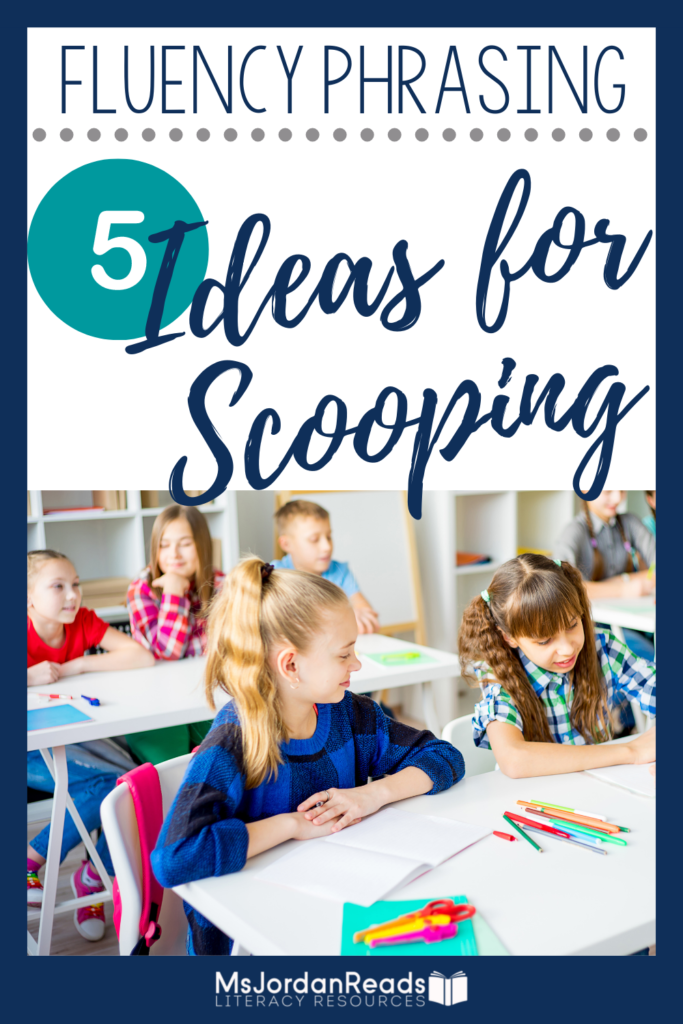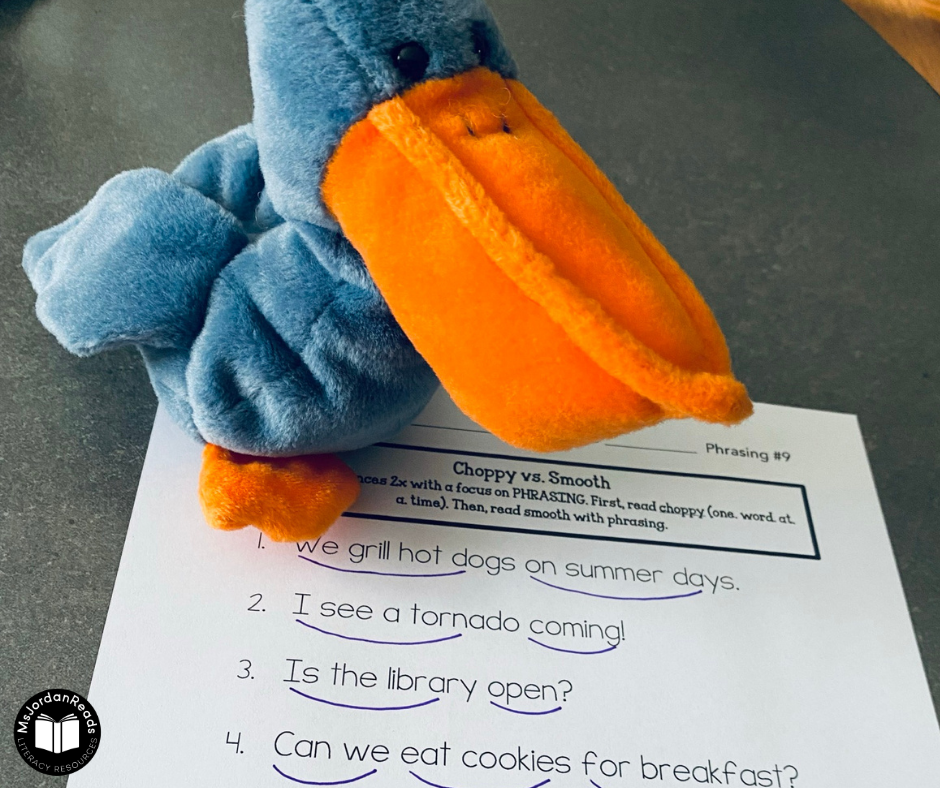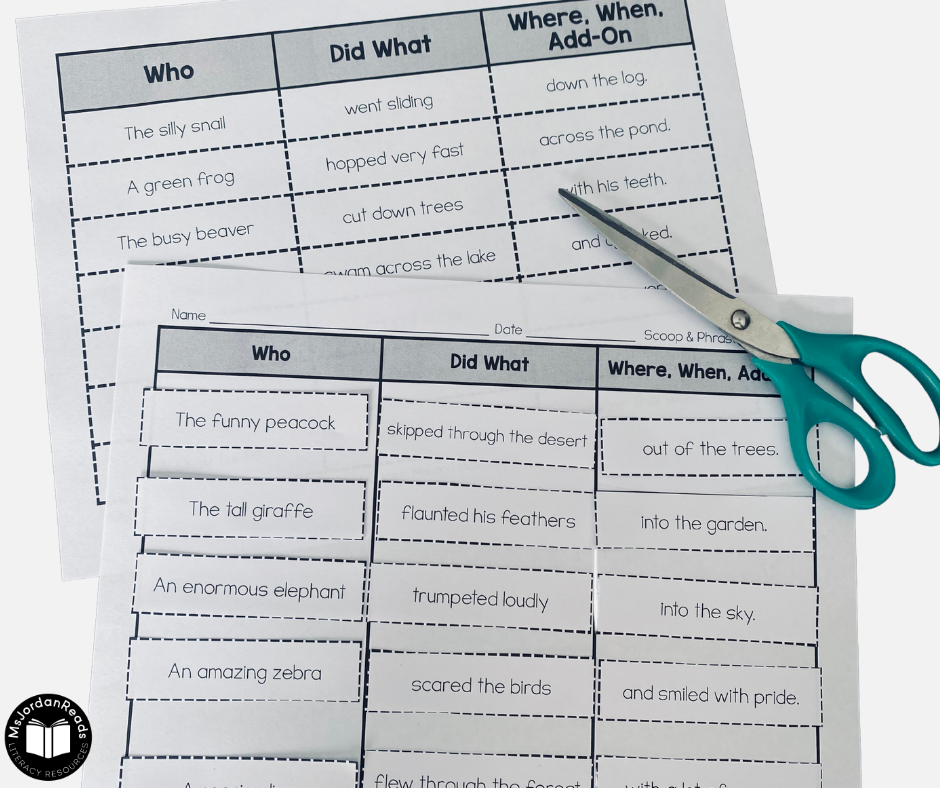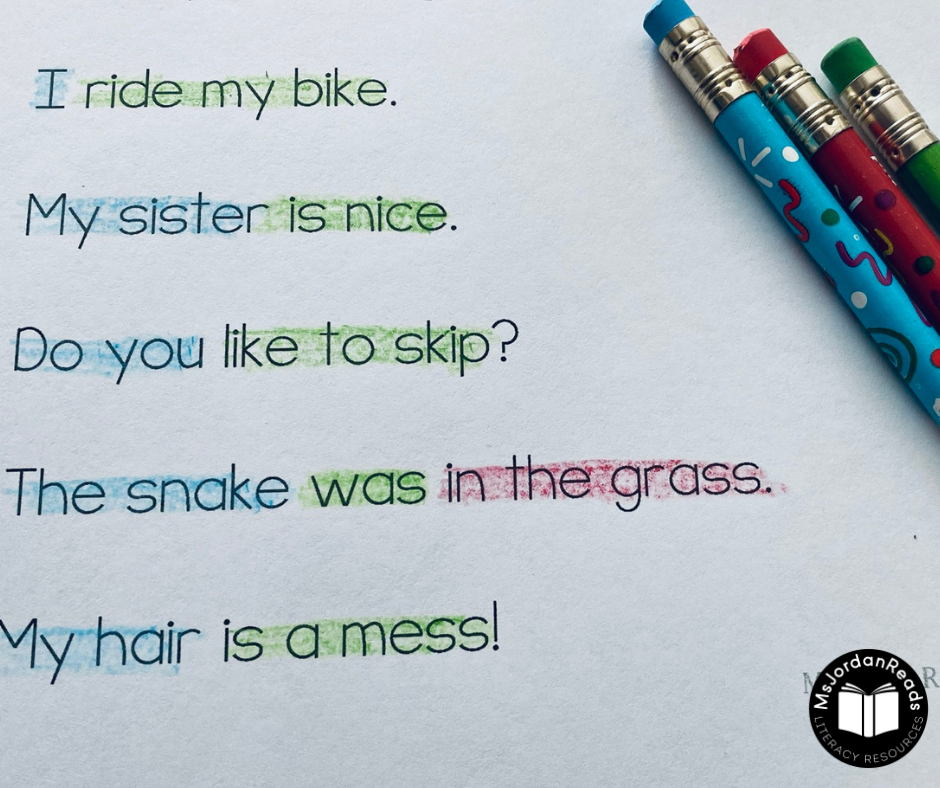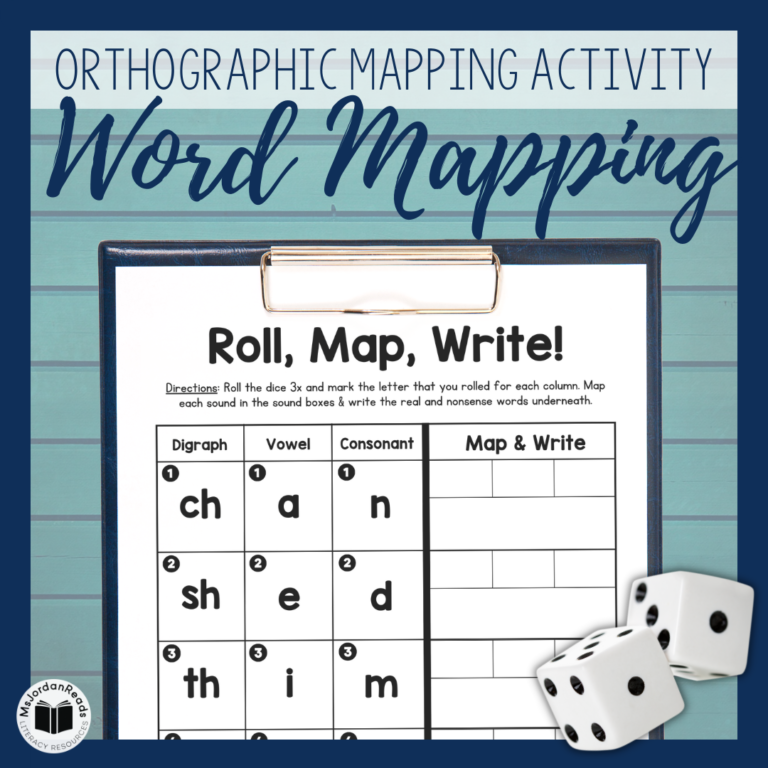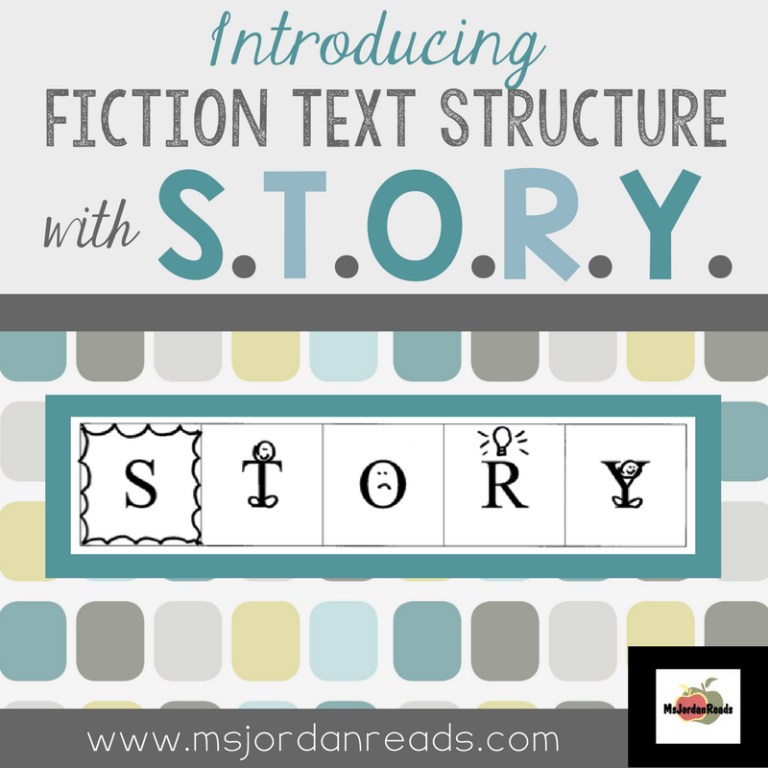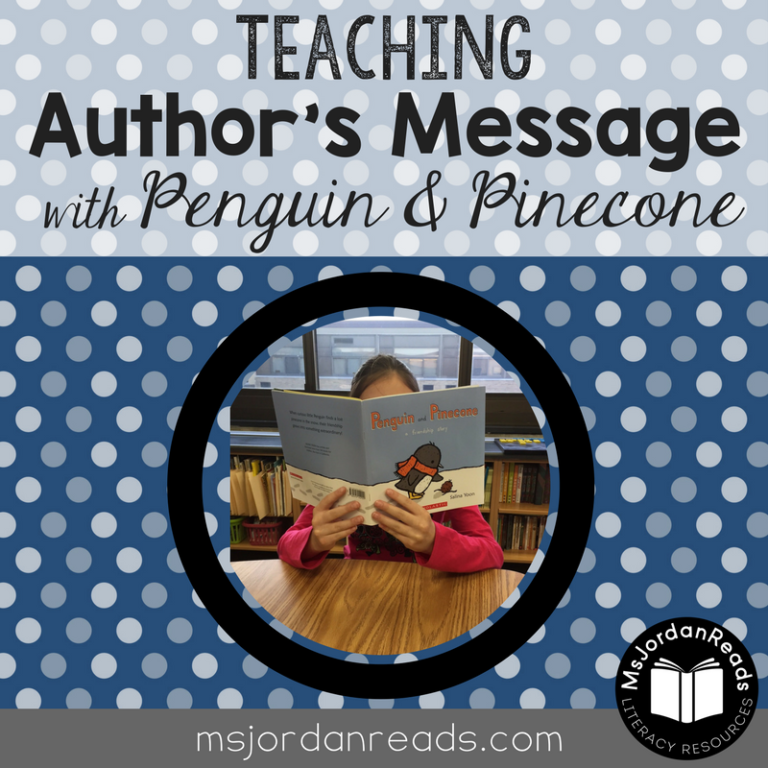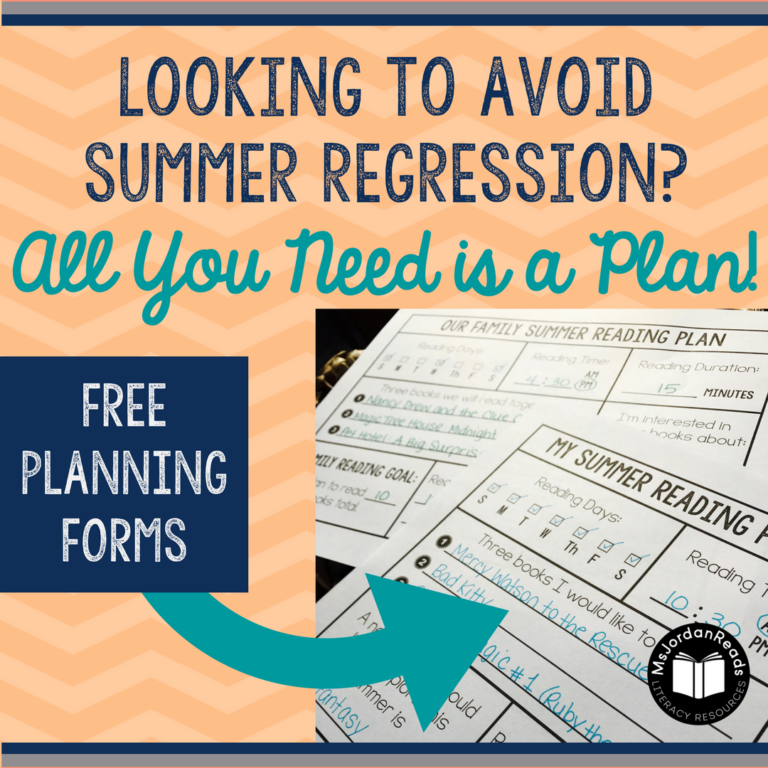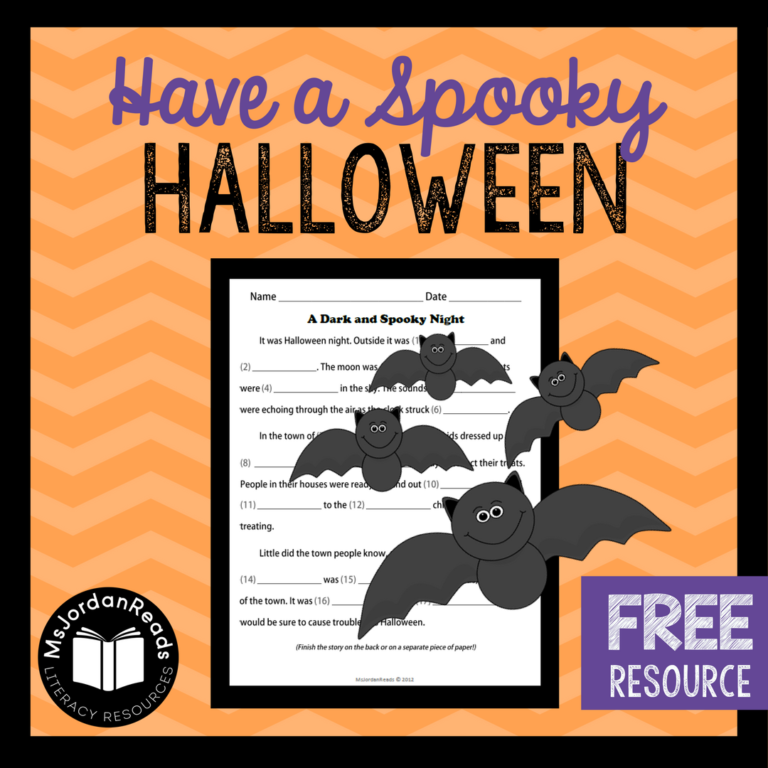5 Ideas for Scooping and Phrasing to Support Comprehension
Phrasing is a large component of oral reading fluency and is essential to comprehension and overall reading proficiency. According to Rasinski, Ellery, & Oczkus, 2015, “Good readers make meaning by reading in phrases; struggling readers limit meaning by reading word by word.” The good news is, through direct instruction and effective interventions, non-fluent readers can learn to read with appropriate phrasing!
Students who struggle with phrasing, often struggle with comprehension. For these students, phrasing is not a automatic process and they need to be explicitly taught phrase types and which words should be grouped together. They need to learn how to group words to together into meaningful phrases and then how to use these sentence parts to construct meaning while they’re reading. With time and practice, phrasing can become more automatic and comprehension will subsequently improve.
SCOOPING UP WORDS
Phrasing can be defined as “reading smoothly by scooping or grouping words together into meaningful phrases.” Students can picture themselves “scooping” up groups of words as they read, like a pelican trying to scoop up fish or a shovel scooping up a pile of dirt. They can do this just with their voices, but can also draw in “scoop” lines on written text if they need the extra visual. The scooping helps students group words into meaningful phrases.
(Download a free phrasing poster from my “Scoop + Phrase” resource by clicking HERE or the image above!)
After teaching kids how to scoop phrases, you’ll want to do a ton of modeling using this method, and provide guided practice so that you can help correct any misconceptions. Before students start practicing on their own they need to have a very clear idea of what the process looks and sounds like.
Are you interested in learning how to use scooping to improve fluency phrasing with your students? Keep reading to learn about my top five tools for using “scooping” in the classroom!
1. Drawing Scoop Lines
To help students better understand the scooping strategy, you can show them how to draw “scoop” lines under each phrase. For early readers, this is helpful because they can visualize the groups of words and then follow these scoop lines with their fingers as they read. (For older readers, I typically use phrase-cued passages.)
To introduce this you can use any shared reading text (i.e., passage, poem, sentences, etc). Using a think aloud, you can model how to identify and mark phrases, drawing scoop lines underneath. I like to use a pelican beanie baby to help students swoop and scoop up words as the students read them!
Be sure to show students non-examples as well. Draw scoops under one word at a time or incorrect phrases to show them how choppy it sounds, or draw one scoop under an entire sentence to show how you don’t know where to pause or take a breath. Students LOVE telling you what you are doing wrong. (Plus it’s so much fun for students to take on the role of coach or teacher as they help you correct it!)
2. Mix and Match Phrases
Another way to help students get better at scooping and phrasing is with mix and match phrases. To model this, write various sentence parts on sentence strips, index cards, or sticky notes (you can also do this in a digital format using Google Slides). Let students organize the sentence parts into “Who,” “Did What,” “Where/When/Add-On” and then have them mix and match the parts to make different sentences. The sentence parts will help the students see words grouped together into meaningful phrases and will help them scoop the words together when they’re reading them aloud.
If you’re looking for a ready-to-go resource for this mix and match activity, be sure to check out my “Scoop & Phrase” resource! It includes phrase cards for students to cut, sort, and match to make silly sentences. There’s even a blank template to create their own phrases to cut out and mix and match. Read more about this activity in my blog post How to Use the “Scoop + Phrase” Activity to Improve Phrasing.
3. Color-Code Phrases
This phrasing activity is easy to implement and a classroom favorite! Students use highlighters, markers, or colored pencils to color-code different types of phrases found in sentences and then practice “scooping” the highlighted words together using their voices. Each phrase type would be highlighted in a different color. For example, they could highlight “who” phrases in yellow, “did what” phrases in blue, “where” phrases in green, “when” phrases in pink, and any “add on” phrases in orange. It’s helpful for them to create a color key ahead of time!
Color-coding phrases provides opportunities for students to practice identifying common phrase types and helps them to visualize words grouped together into phrases while reading with appropriate phrasing… and what student doesn’t love using rainbow color highlighters?!
4. Phrase Progressions
Phrase Progressions is an activity provided for free by the Florida Center for Reading Research (FCRR) and helps students read with proper phrasing, expression, and intonation by having them read sentences one phrase at a time, adding on until they are reading a complete sentence. This activity can be done in pairs, or one at a time. It’s perfect for centers, independent work, or even homework. Students can add scoop lines under each phrase if they need the extra visual. As an extension, students can even create their own phrase progressions using simple sentences.
5. Phrasing Task Cards
“Scoop It” Task Cards are perfect if you’re looking for a quick and easy way to review, practice, or assess phrasing. There are task cards with and without scoop lines for students to practice reading with phrasing. If you laminate the task cards, students can even practice drawing in their own scoop lines using dry erase markers. Use them in literacy centers, small groups, or for independent work. You can learn more about these task cards HERE!
ADDITIONAL RESOURCES FOR PHRASING
Connect-a-Dot Sentences – If you are looking for more activities that you can use without having to increase your back to school budget again, take a peek at this FREE Connect a Dot Sentences activity, which has students create their own sentences using phrases and sentence parts, and then scoop the phrases in the sentences they created.
Fluency Boot Camp – If you’re looking to review or practice all areas of fluency, and not just phrasing, you may want to consider doing a Fluency Boot Camp. It includes everything you need to get started with fluency in your classroom and is perfect for introducing fluency for the first time, or just giving your students a refresher. It covers the four major components (pace, phrasing, expression, and punctuation), and provides a structure that you can follow for each. You’ll get everything you need to model and practice, as well as a menu of activities and materials for each. You can learn more about it in a blog post HERE!
Daily Fluency Booster for Phrasing – The Daily Fluency Booster for Phrasing includes a collection of fun and engaging activities for reviewing and practicing phrasing. The 20 pages of activities can be used during a fluency unit in small groups or literacy centers, or it can be used as occasional morning work to continue fluency practice throughout the year. Activities include: Expanding Sentences, Sentence Invention, Rainbow Phrases, Choppy vs. Smooth, Sentence Slasher, Phrasing Fix-Up, and more!

